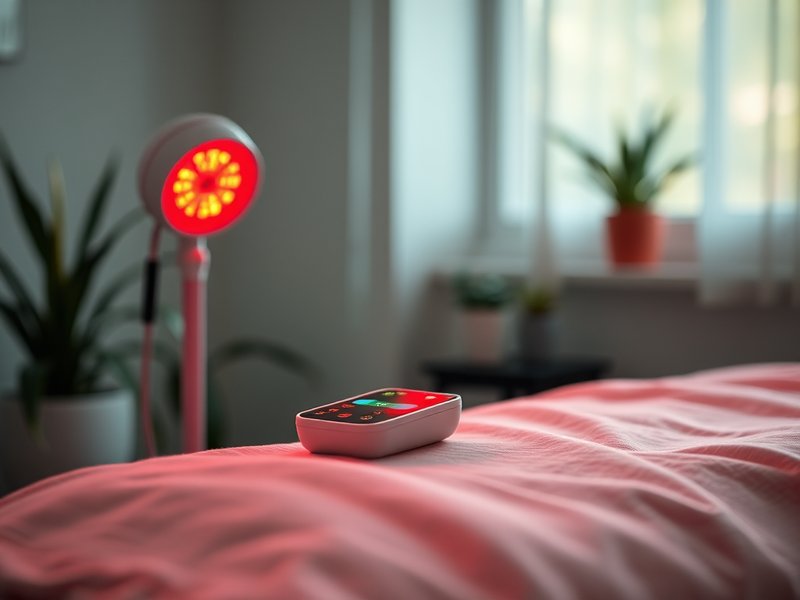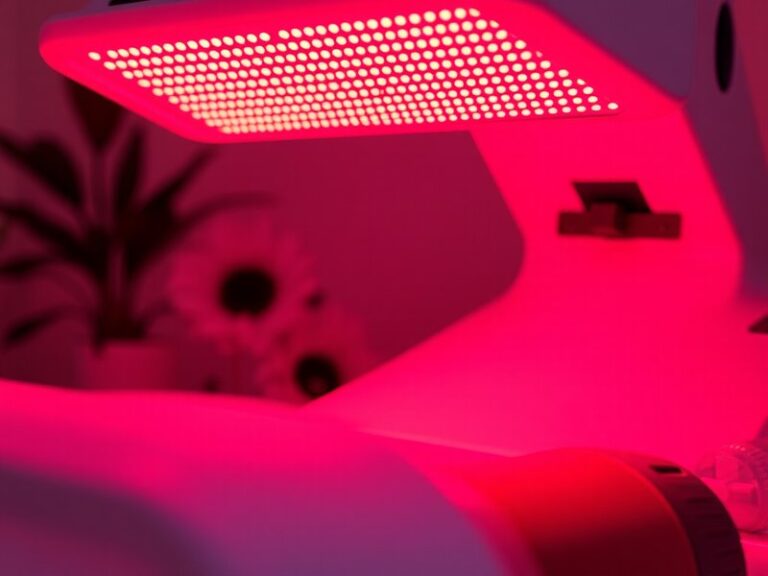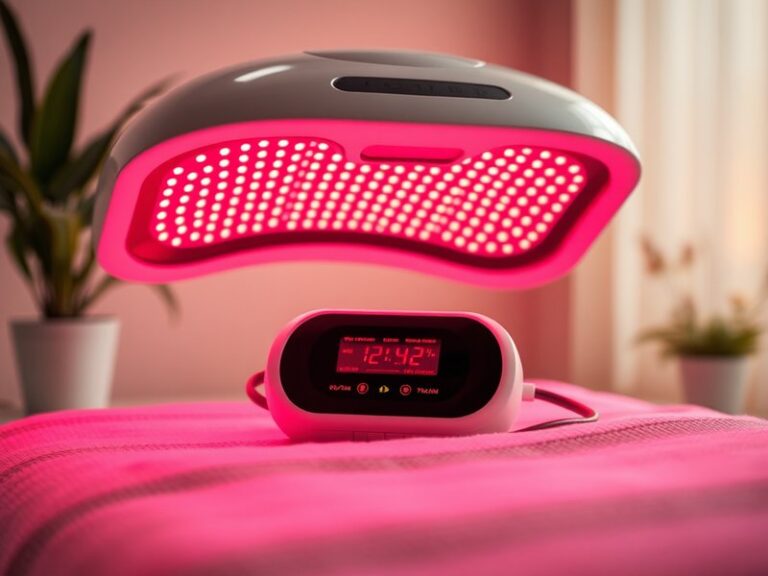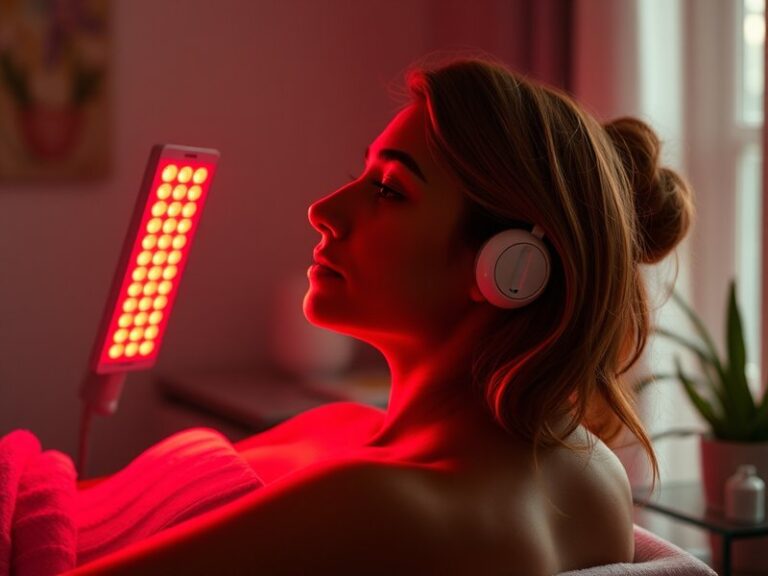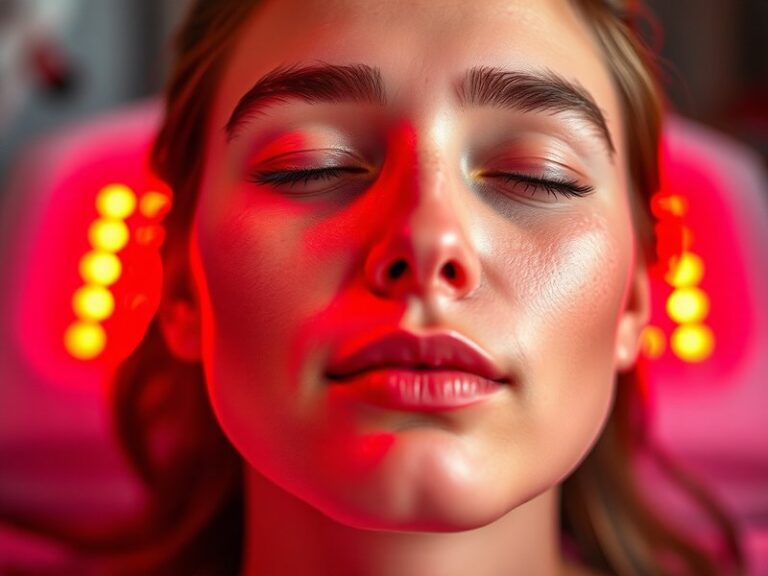What Is Red Light Therapy Nhs?
What Is Red Light Therapy NHS?
Are you curious about how red light therapy can benefit your health?
In this article, we delve into the world of red light therapy as recognized by the NHS. We will explore its definition, benefits, practical considerations, and potential alternatives, helping you understand this innovative treatment option and what it can do for you.
Key Takeaways
- Red light therapy involves the use of low-level wavelengths of red light to promote healing and reduce pain.
- Numerous studies support the benefits of red light therapy for skin health, pain management, and muscle recovery.
- While generally safe, it is important to consider specific factors before undertaking red light therapy.
What is Red Light Therapy?
Red light therapy (RLT) is a non-invasive treatment that employs specific wavelengths of red light, usually between 600 to 900 nanometers, to promote healing and reduce inflammation in the body. Initially researched for its effects on photo-damage in skin tissues, RLT has gained interest in various medical fields, including dermatology, physiotherapy, and sports medicine.
The fundamental mechanism of red light therapy involves photobiomodulation, where light energy is absorbed by cells. This process stimulates the mitochondria, leading to increased adenosine triphosphate (ATP) production, which enhances cellular repair and regeneration.
Underlying technologies typically used in red light therapy include LED and low-level laser devices, available in clinical settings and as at-home devices.
What are the Benefits of Red Light Therapy?
Red light therapy offers a wide range of health benefits, which we will explore in detail below.
Pain Relief and Inflammation Reduction
One of the primary benefits of RLT is its potential to alleviate chronic pain and reduce inflammation in conditions such as arthritis and tendonitis. Studies have shown that RLT can significantly decrease pain levels and improve mobility in affected individuals.
Skin Health Improvement
RLT can enhance skin texture and appearance, making it popular for anti-aging treatments. It stimulates collagen production, which helps reduce wrinkles and fine lines. Furthermore, it can assist in the healing of acne scars and hyperpigmentation.
Enhanced Muscle Recovery
Athletes often use red light therapy to facilitate muscle recovery post-exercise. RLT promotes faster healing of muscle tissue and reduces soreness, allowing athletes to train harder and recover quicker.
Improvement in Joint Health
RLT has also been associated with improved joint health. It helps reduce stiffness and increases flexibility, making it beneficial for individuals with conditions like osteoarthritis.
Sleep Quality Enhancement
Some users report improved sleep quality after undergoing red light therapy, potentially due to reduced inflammation and pain, leading to better overall relaxation.
Is it Possible to Use Red Light Therapy at Home?
Yes, it is possible to utilize red light therapy at home with various devices available on the market. However, understanding how to use them effectively and safely is essential.
What are the Advantages of Home Use?
Some advantages include the convenience of performing sessions in the comfort of your home, cost-effectiveness compared to regular clinic visits, and the flexibility to incorporate RLT into your daily routine.
What are the Disadvantages of Home Use?
Conversely, using at-home devices may pose challenges such as insufficient light intensity compared to professional LED or laser setups, or improper application techniques that could lead to reduced efficacy or skin issues.
What are the Things to Consider Before Trying Red Light Therapy?
Before trying red light therapy, there are several important considerations to keep in mind.
Skin Sensitivity
Those with sensitive skin or specific skin conditions should consult a healthcare professional before beginning RLT, as it may exacerbate certain sensitivities.
Underlying Health Conditions
It is crucial to disclose any underlying health conditions or medications to your physician, as RLT may not be suitable for everyone, especially individuals with certain medical conditions.
Time Commitment
Assess your schedule to ensure you can dedicate the necessary time for therapy sessions, as optimal benefits often require consistency.
Learn the whole story Benefits of Red Light Therapy?
Discover Can you overdo red light therapy?
What are the Alternatives to Red Light Therapy?
Aside from red light therapy, various alternative treatments exist for similar health concerns.
Cryotherapy
Cryotherapy, or cold therapy, involves exposing the body to cold temperatures to reduce inflammation and pain. It is particularly popular among athletes for recovery.
Ultrasound Therapy
Ultrasound therapy uses sound waves to promote healing in soft tissue injuries, providing pain relief and improved mobility in patients.
Topical Treatments
For skin-related issues, topical treatments such as retinoids or cortisone creams can offer alternatives to address specific conditions without the need for light therapy.
Conclusion: Is it Recommended to Use Red Light Therapy?
Red light therapy is a promising treatment option for various physical ailments, with growing evidence supporting its benefits. Those considering RLT should evaluate their specific needs, consult healthcare professionals, and weigh the advantages and possible disadvantages of home use. It can be an effective adjunct to traditional therapies, yet individual experiences may vary.
Frequently Asked Questions
Is red light therapy safe?
Yes, red light therapy is generally considered safe for most individuals. However, it is always wise to consult with a healthcare provider before starting any new treatment.
How long does a red light therapy session last?
Sessions typically last between 5 to 20 minutes, depending on the specific device used and the condition being treated.
Can anyone use red light therapy?
While many can benefit from RLT, individuals with specific health concerns, particularly those with photosensitivity or certain medical conditions, should seek professional advice before starting treatment.
How often should I undergo red light therapy?
Frequency can vary based on individual needs and goals. Many recommend starting with multiple sessions per week and adjusting based on your body’s response.
What should I expect during a session?
During a session, you will usually sit comfortably while the device emits light at specific wavelengths. Most individuals report feeling warm or relaxed during treatment.
